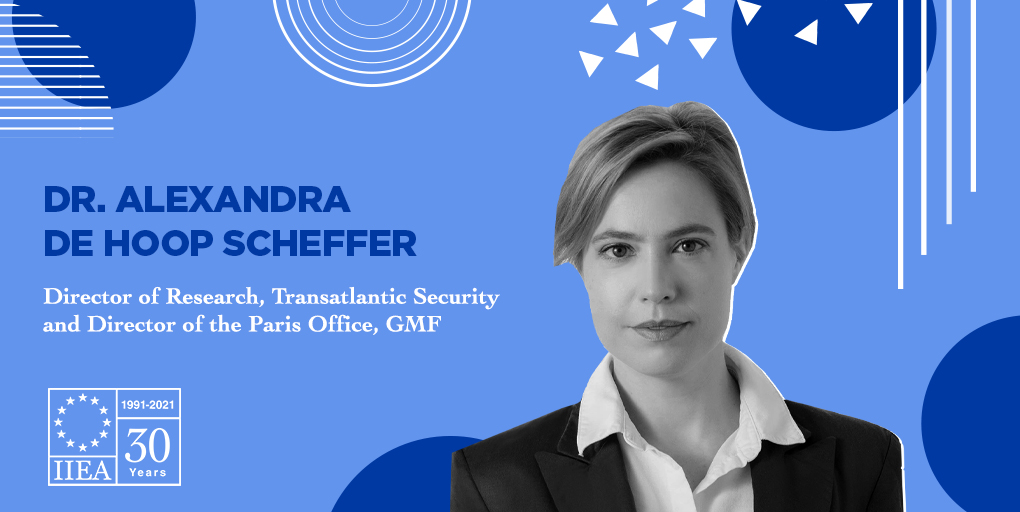Transatlantic Relations Post 9/11: A Review of the Deep Trends

In her address to the IIEA, Dr. Alexandra de Hoop Scheffer argues that the Afghanistan crisis has revealed several inconvenient truths for the transatlantic relationship. For Europeans, in her view, it has exposed both their inability to influence the decision calculus of the US and to defend their own interests without the support of Washington. For the US, it has demonstrated that most European countries still lack the necessary capabilities and the political will to act.
Dr. Alexandra de Hoop Scheffer discusses the asymmetric expectations of the transatlantic relationship as US foreign policy priorities reflect a more selective engagement in international affairs. She discusses the transition from burden-sharing to responsibility-sharing between the US and Europe and how this aligns with the French vision of European strategic autonomy, which aims for a more equal strategic partnership.
About the Speaker:
Dr. Alexandra de Hoop Scheffer is the director of the Paris office of the German Marshall Fund of the United States (GMF) and the director of research for Transatlantic Security. She is also the managing director of the Transatlantic Trends annual survey.
Before joining GMF, Alexandra de Hoop Scheffer held several positions in the French government and academia and advised international organisations. From 2009 to 2011, Dr Scheffer served as a senior advisor for U.S. foreign policy and transatlantic relations on the Policy Planning Staff of the French Ministry of Foreign Affairs. From 2010 to 2013, she was an advisor to NATO’s Supreme Allied Commander Europe.
Dr. Alexandra de Hoop Scheffer is an associate professor at Sciences Po Paris. She is the author of the book Hamlet en Irak (2007) and is currently writing a second book on the evolution of US global leadership and the implications for Europe and international cooperation.

